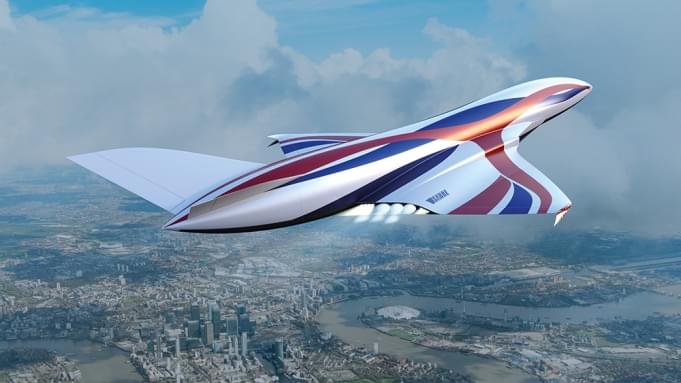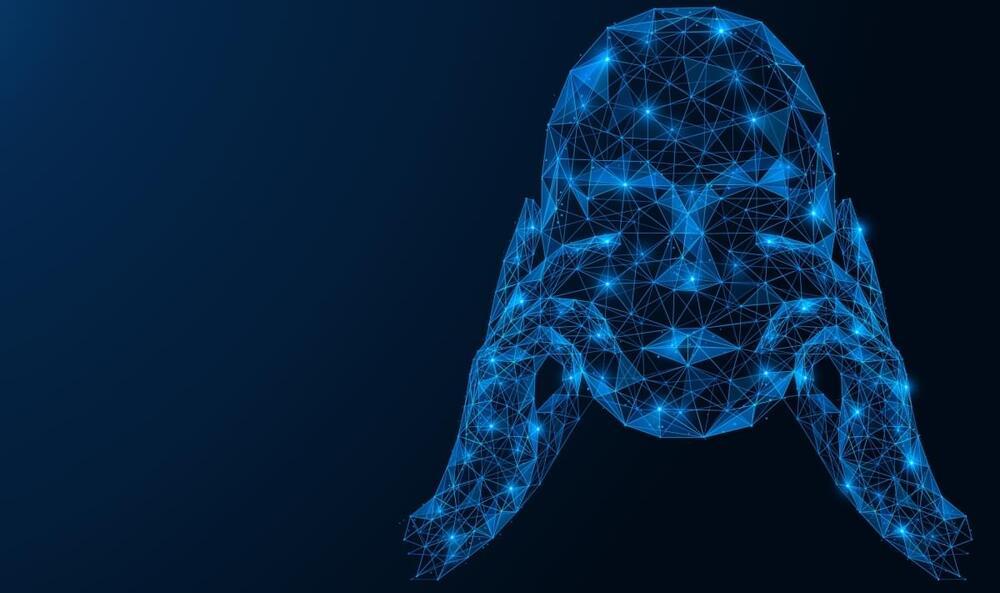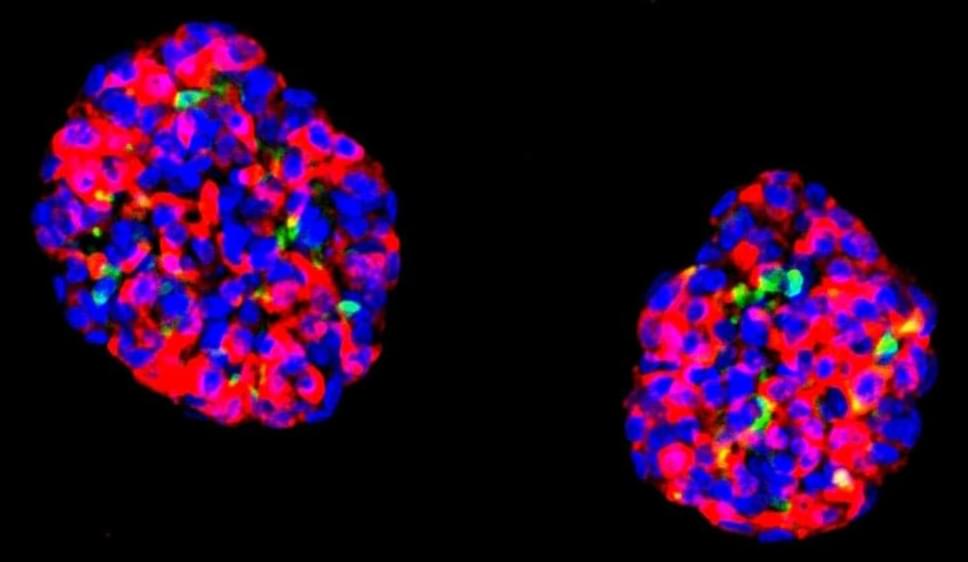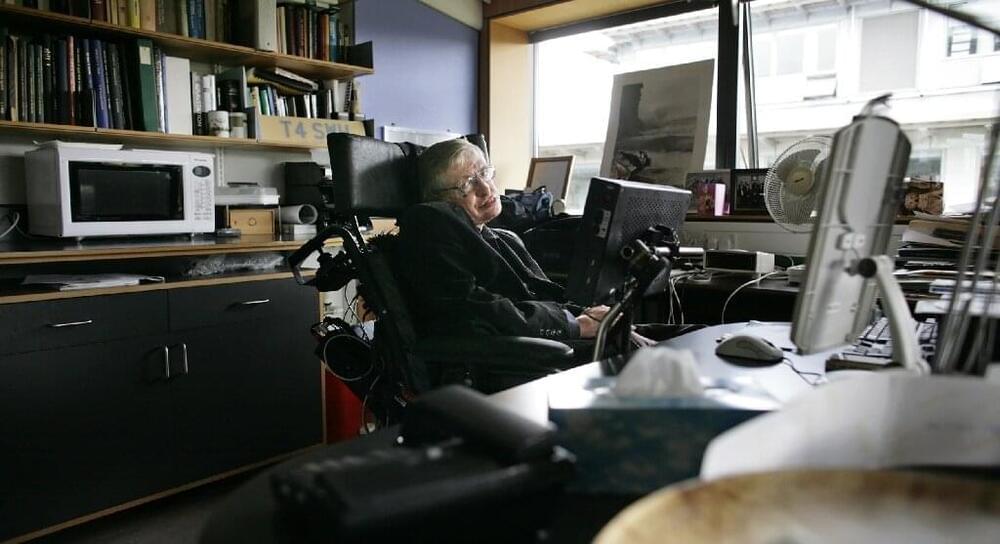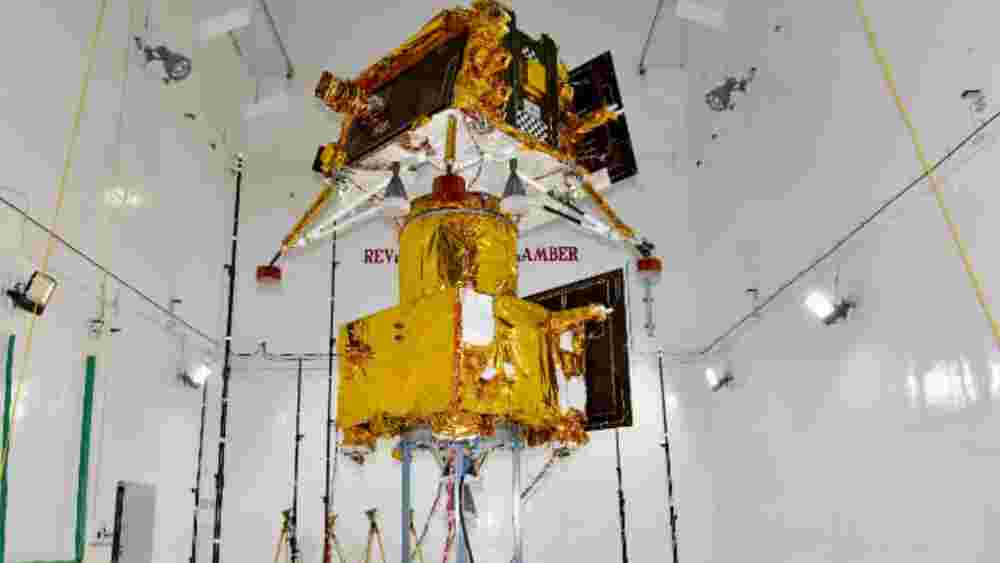On Tuesday, the CEO of the UK Space Agency Graham Turnock announced the UK would be working more closely with Australia in a “world-first Space Bridge” agreement which will focus on delivering a plane—or rocket, really—to shuttle passengers from continent-to-continent in just four hours. While flights from London to the Big Apple will reportedly take a skerrick over 60 minutes.
It’s all courtesy of a new hypersonic engine SABRE (Synergetic Air-Breathing Rocket Engine)—which the scientists at Reaction Engines are currently developing. Fueled by a combination of hydrogen and oxygen, SABRE is capable of powering a plane to Mach 5.4 (4,000 mph) for speedy commercial travel—that’s around five times the speed of sound—or Mach 25 (19,000 mph) when soaring in space. It’s supposedly greener and cheaper than current air travel, too.
